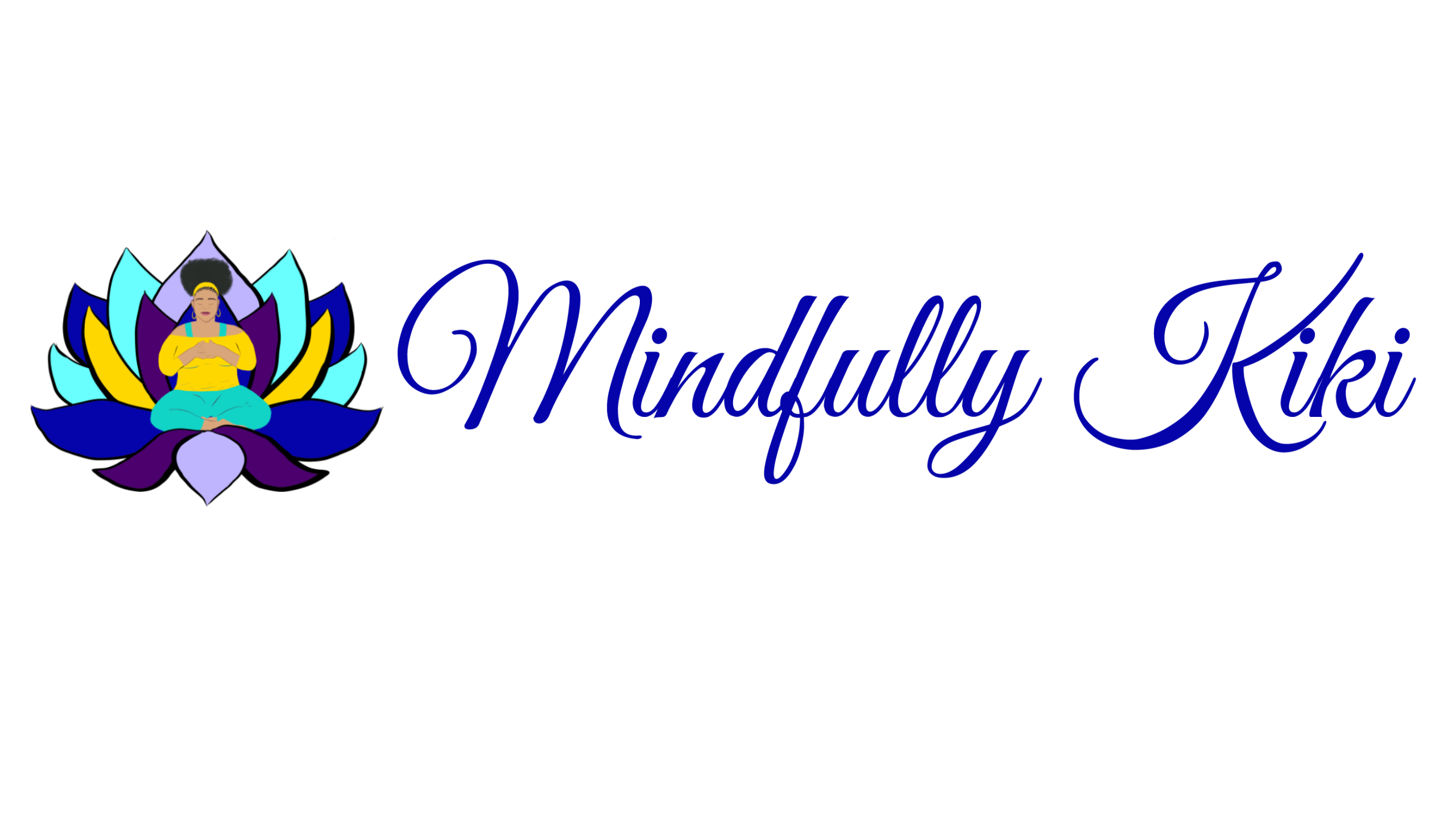Well, the perception is usually on the surface what most people see are the yoga poses, and not the other 90% of the full teachings of Yoga. To most people from the outside looking in, it looks like a form of exercise, mainly one that showcases flexibility. So the most common reaction to it is the desire to want to move the body in unusual positions; however, this is only the tip of the iceberg.


The 8-Limbed Path
- Pranayama – Pranayama is the breath exercises that help us to control our prana. This is helps to see how we relate to our breath and mind.
- Asanas – The Asanas are the body postures that help us to see how we relate to our bodies.
- Niyamas – There are also 5 aspects of Niyamas which deal with our own personal observances or how we relate to ourselves.
- Yamas – There are actually 5 Yamas which actally deal with our own moral conduct. It shows how we relate to others around us.
- Pratyahara – Pratyahara shows how we relate to our senses. It is actually the withdrawal or control of our senses.
- Dharana – Dharana is concentration or inner perceptual awareness. It shows how we relate to our mind.
- Dhyama – Dhyama is the meditation or contemplation and occurs when theone is quieted completely. This shows how we move beyond our minds.
- Samadhi – Finally, Samadhi is the union with God. It is a deep realization of our inner union that connects us to God.Although this is only an overview, it gives you an idea of the principles behind yoga and background into why people are moving to starting their own practices.Love and Light…
Although this is only an overview, it gives you an idea of the principles behind yoga and background into why people are moving to starting their own practices.
Love and Light…
Namaste,
This Curvi Yogi

